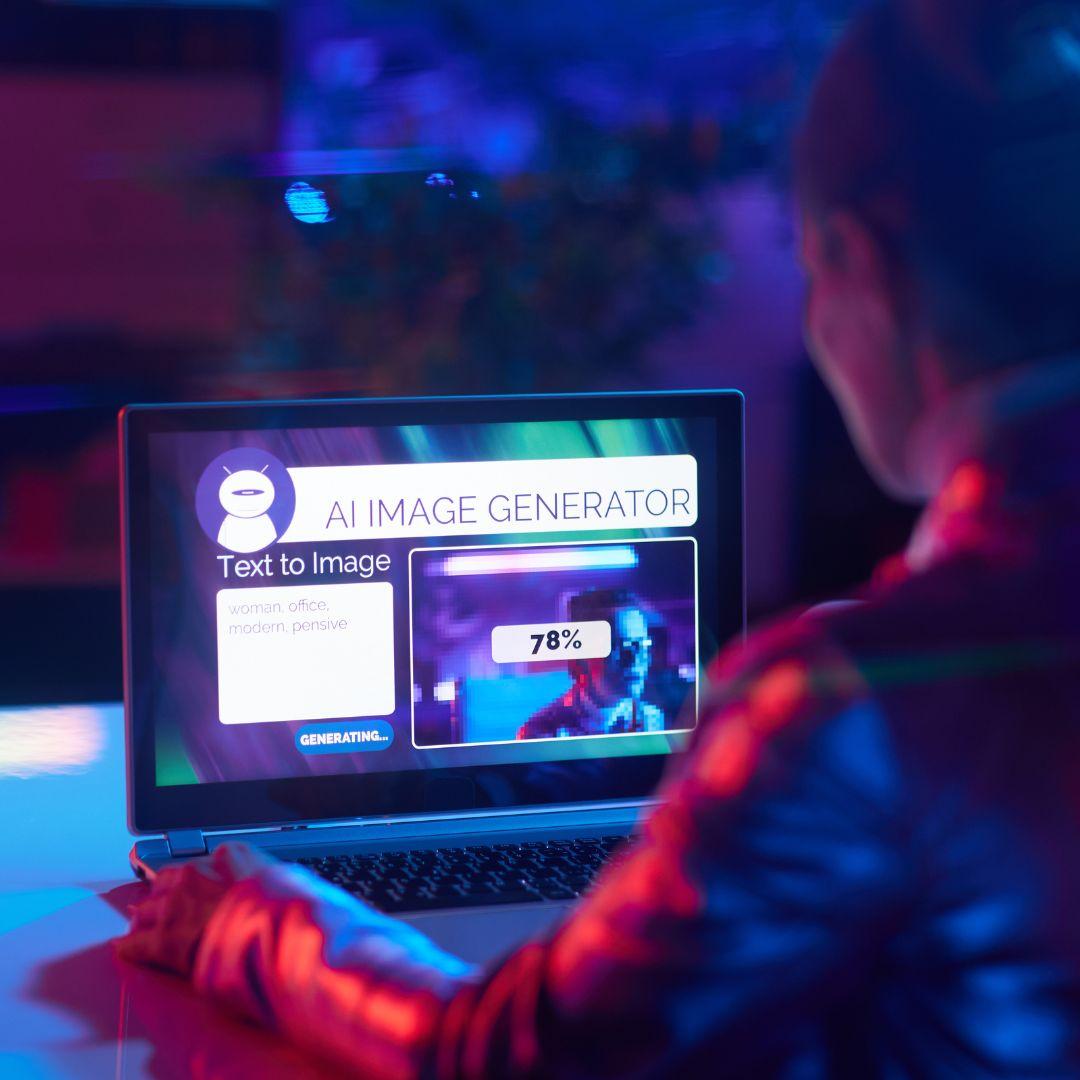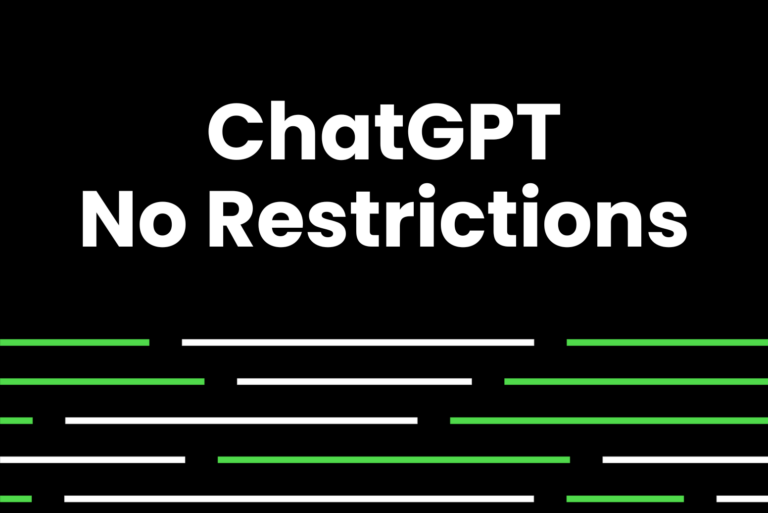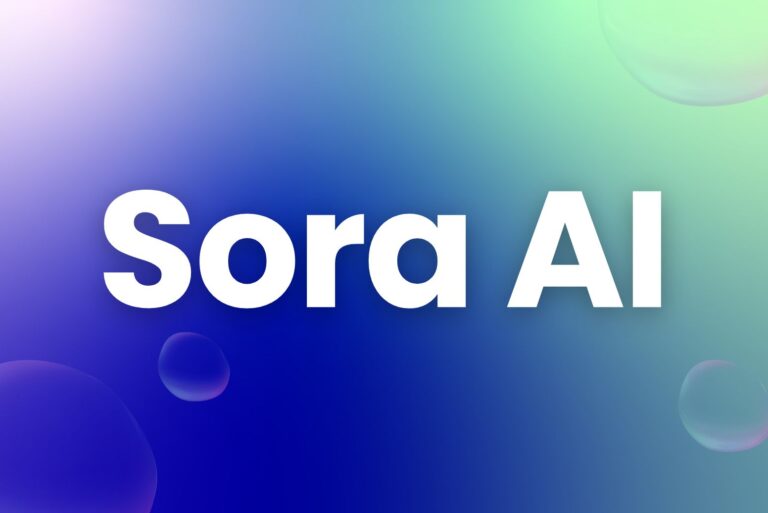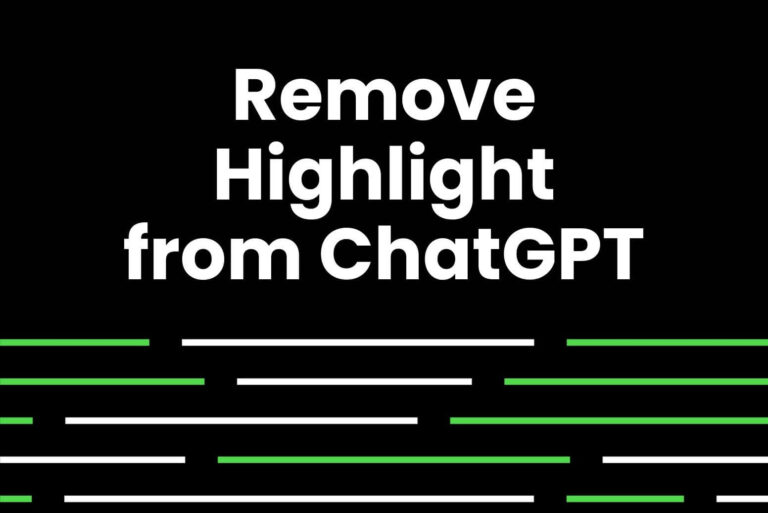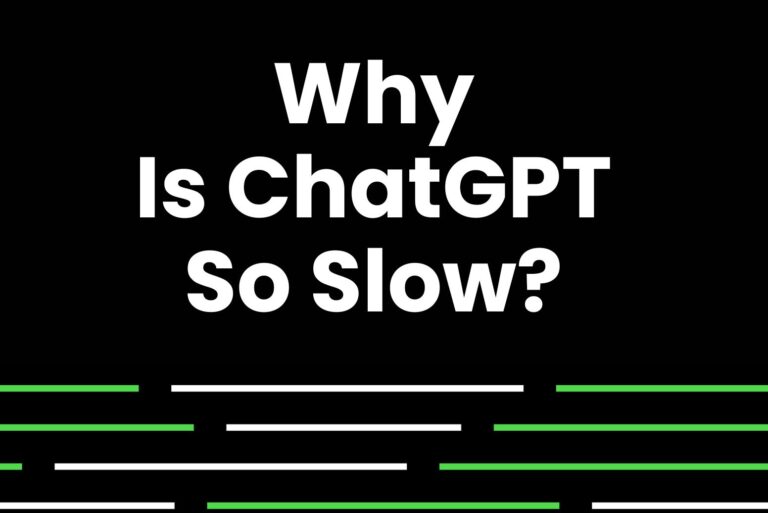Can ChatGPT Be Detected?
As an advanced language model, ChatGPT is designed to generate responses to a wide range of prompts and queries. However, some users may wonder if users or some AI detection systems can detect ChatGPT. In this article, we’ll explore the topic of ChatGPT detection and provide answers to common questions related to AI-writing detection.

What is ChatGPT?
Before diving into the topic of ChatGPT detection, let’s first define what ChatGPT is. ChatGPT is a language model developed by OpenAI. It utilizes machine learning algorithms, neural networks, and natural language processing to generate responses. It is a powerful tool that can be used for a variety of purposes, including customer service and engagement, content creation, and more.
How Does ChatGPT Work?
To understand why and if ChatGPT can be detected, it’s important to understand how it works.
ChatGPT, an artificial intelligence language model, trains on a large dataset of text from the Internet. It uses this data to learn patterns and relationships between words and phrases, which allows it to generate responses to you questions.
When you interact with ChatGPT, the language model processes your questions and generates a response based on the patterns and language correlations it has learned. It then presents this response to you as though a human generated it.
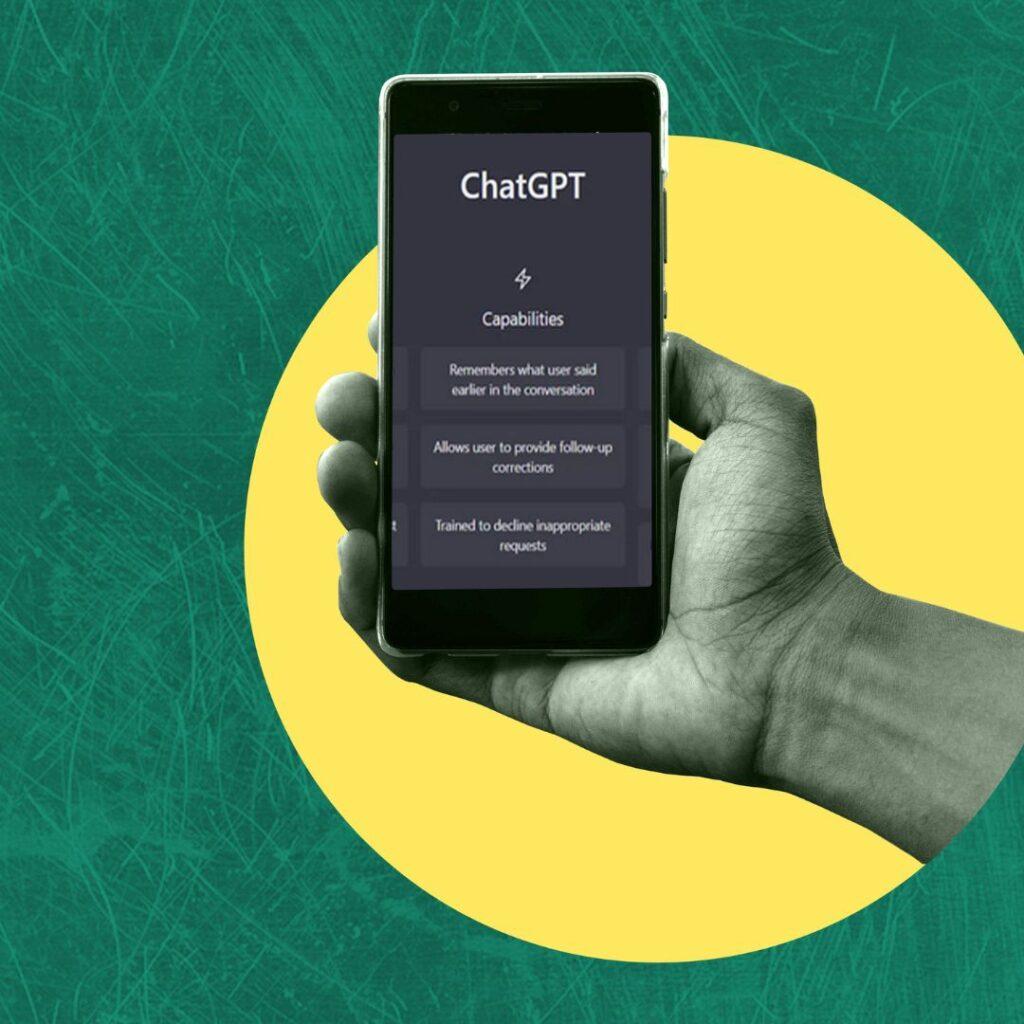
Is ChatGPT detectable?
Yes, ChatGPT is detectable to some extent. While it can generate human-like text and engage in natural conversations, it still exhibits certain limitations and quirks that can make its AI nature apparent. Users and experts can often differentiate ChatGPT from human writing by its occasional factual inaccuracies, tendency to produce long sentences or repetitive responses, or inability to maintain coherent conversations over extended periods. Additionally, sophisticated detection methods, including language pattern analysis and probing questions, can help reveal that ChatGPT is an AI language model.
However, the effectiveness of AI detection varies depending on the context and the skill of the user.
Can universities detect ChatGPT?
The answer to this question depends on the specific context and measures taken by universities:
- Technological Capabilities: Some universities may employ advanced technology and tools that allow them to detect automated or AI-driven interactions, including ChatGPT. These AI detecting tools could analyze patterns in language, response times, or other characteristics to flag potential AI usage.
- User Behavior: Universities might also rely on monitoring user behavior and interaction patterns. If a user consistently generates responses that appear to be generated by artificial intelligence, it might raise suspicion.
- Terms of Service and Policies: Universities may have policies or terms of service that prohibit or regulate the use of AI-generated content. Violating these policies could lead to consequences for users found to be using AI like ChatGPT.
- Limited Capabilities: On the other hand, many universities may not establish specific measures to detect AI systems like ChatGPT, especially if they use them responsibly and ethically.
Therefore, the ability of universities to detect ChatGPT depends on their technological resources, policies, and their vigilance in monitoring and regulating AI usage within their academic environments.
How can instructors detect the use of ChatGPT?
Instructors can take several steps to potentially detect AI content generated with ChatGPT or similar AI-powered tools by students:
- Style and Quality: Monitor for abrupt improvements or shifts in writing style.
- Unusual Terminology: Be alert to advanced or unfamiliar vocabulary.
- Consistency: Check for logical flow and coherence in assignments.
- Response Time: Quick completion may indicate AI assistance.
- Plagiarism Tools: Use plagiarism checker to uncover AI-generated content.
- Unique Prompts: Assign customized prompts that require personal input.
- Communication: Engage in discussions or interviews to spot discrepancies.
- Assignment Progress: Request drafts or updates to gauge student involvement.
- Educate Students: Proactively inform students about responsible AI use.

It’s important to note that while these methods may help detect the use of ChatGPT or similar AI, they are not foolproof. Some students may use AI assistance subtly or combine AI-generated content with their own work to avoid detection. Therefore, instructors should approach the issue with sensitivity and fairness, considering each case individually and following their institution’s academic integrity policies.

What is Turnitin and how does it detect AI-generated content?
Educational institutions and academic settings primarily employ Turnitin, a widely used plagiarism detection tool and service. The primary purpose of Turnitin is to identify instances of plagiarism in written assignments and papers submitted by students. Turnitin compares the submitted text with a vast database of academic content, including essays, articles, and other written materials, as well as previous submissions from students worldwide.
- Text Comparison: It compares submitted text to a vast database of academic and non-academic sources, including prior submissions, publications, and websites.
- Similarity Score: Turnitin generates a similarity score, indicating how closely the submitted text aligns with its database. A high score suggests substantial similarity.
- Highlighting Matches: Specific matching sections in the submitted text are highlighted for easy identification of potential plagiarism.
- AI Adaptation: Turnitin evolves its algorithms to detect AI-generated text effectively as AI and language processing technologies advance.
- Customization: Educational institutions can customize Turnitin settings, like acceptable similarity levels and source exclusions, to suit their needs.
- Investigative Tools: Educators and administrators possess tools for further investigation when they find suspicious content, enabling them to detect plagiarism.
- Reference Checks: Turnitin also verifies citation styles and references, helping students adhere to proper citation practices.
Has anyone been caught using AI-writing tools like ChatGPT?
Yes, instances exist where individuals have identified and caught others using ChatGPT for various purposes, both benign and malicious. Some have used it to create misleading or fake online personas, while others have employed it in spam campaigns and phishing scams. In these cases, the misuse of ChatGPT often involves generating deceptive content that can mislead or harm others. Detecting such misuse is a complex task, as it requires the development of robust algorithms and vigilance from platform providers and the online community. As AI technology continues to advance, so do the efforts to track and prevent these unethical uses, with the goal of maintaining the safety and integrity of online interactions.
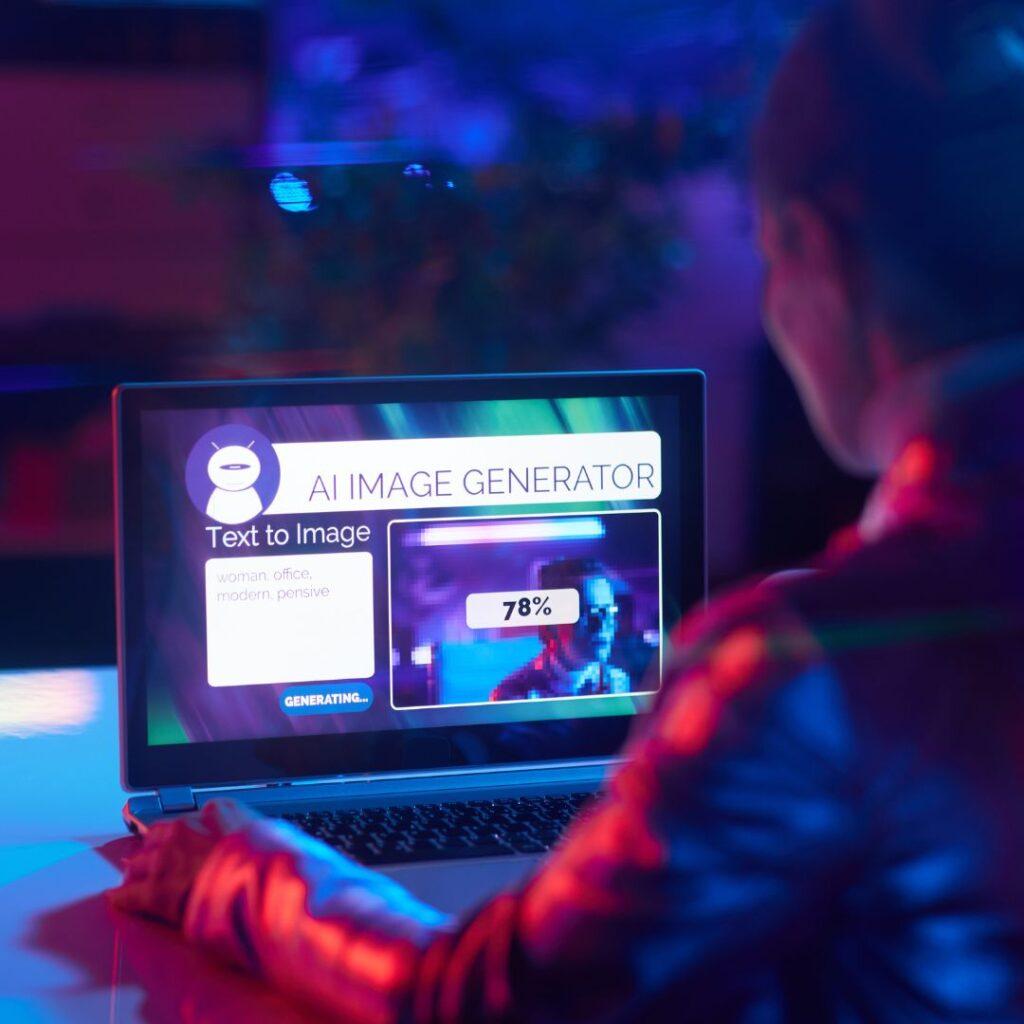
How to make ChatGPT content undetectable
There are five main points that combine some of the techniques for making AI-written text less detectable:
- Enhance Text Style with AI Refining: Utilize advanced AI rewriters to refine the generated text, applying specific age groups or writing styles to add uniqueness.
- Upgrade to Advanced Models: Opt for more powerful AI models like GPT-4, improving language quality and making it harder to spot AI-assisted writing. Texts generated with free version of ChatGPT are more detectable.
- Edit for Authenticity: Review and edit the AI content to ensure coherence, relevance, and appropriateness, infusing a human touch.
- Inject Personal Narratives: Integrate personal experiences and anecdotes written with your own words that are relevant to the topic. This way you will add a human dimension to the content written by artificial intelligence like ChatGPT.
- Adapt Tone and Simplify Vocabulary: Adjust the tone of the ChatGPT generated content to match the audience and purpose. Simplify vocabulary to avoid too complex sentences, contributing to a more authentic feel.
By focusing on these five key strategies, you can effectively reduce the detectability of AI-generated content.
The ethical implications of using ChatGPT
Using ChatGPT and similar AI technologies presents various ethical implications. These AI generators have the potential to assist in critical thinking tasks and various applications. However, we must consider the ethical dimensions of their usage. It’s important to keep in mind how AI-generated content may impact authenticity and responsibility. Users should be cautious about not misrepresenting AI-generated content as their own and should attribute it properly. While incorporating AI technologies, do not forget about ethical principles and try to rework AI-written content to make it original and give it a human touch.
In conclusion, even though ChatGPT and other advanced AI-writing tools are becoming more convincing, there are ways to detect AI-written texts. AI-detection systems like plagiarism detection tools and other indicators, like too complex vocabulary, can help us identifying AI-generated content. Balancing the benefits of AI with responsible usage remains a crucial task as AI becomes more integrated into our daily lives.

FAQ: Can ChatGPT be detected?
The Turing test checks if a machine can act as smart as a human in its written responses. ChatGPT has almost passed this test, but it can’t always trick people into thinking it’s human written content.
No, ChatGPT cannot track you. OpenAI developed ChatGPT as a text-based AI model without the capability to track users or access personal information. It operates on a request-response basis.
Teachers may detect AI-generated content, like text produced by ChatGPT, using plagiarism detection tools that compare it to existing sources. Those tools can detect copied and pasted content but also spot inconsistencies in writing style. Unusual sources or excessive advanced vocabulary can also raise suspicions.
People can use ChatGPT for malicious purposes, like generating fake news or spreading disinformation. It’s essential to use ChatGPT responsibly and be aware of its potential for misuse.
Users can employ ChatGPT for a variety of applications, including customer service and engagement, content creation, and language translation. It holds the potential to revolutionize our interactions with technology and how we communicate with each other.
In most cases, it’s challenging for someone to definitively tell if you used ChatGPT for code generation. The key factors that might raise suspicion include: code quality, coding style inconsistencies, lack of comments, overly complex solutions, and context mismatches. However, by refining the generated code and adding appropriate comments, you can minimize the chances of detection.
